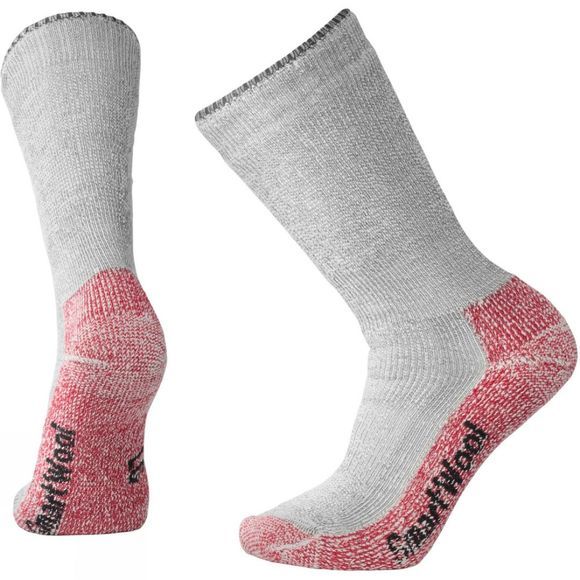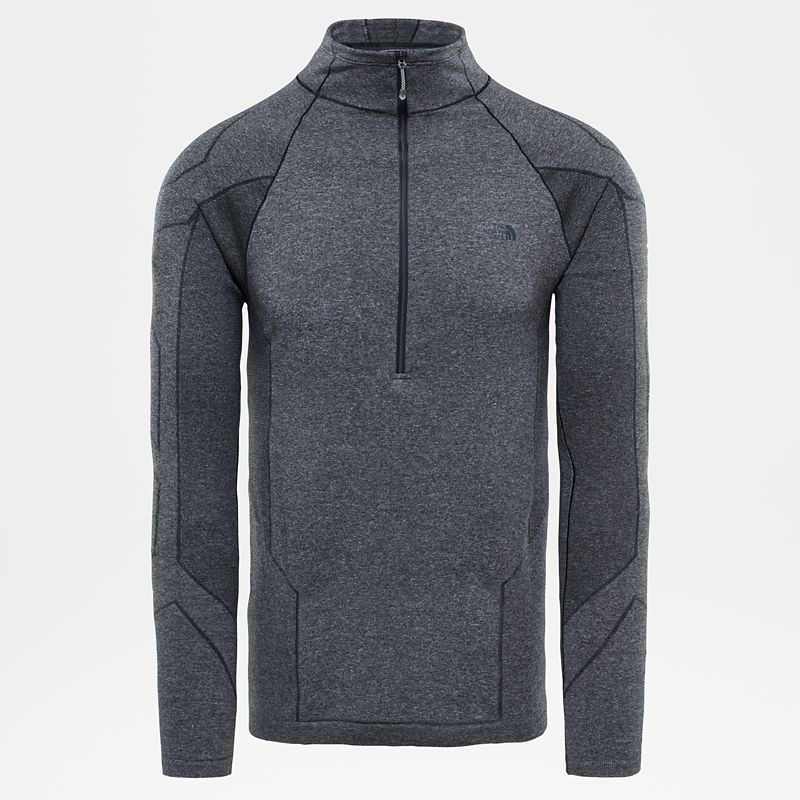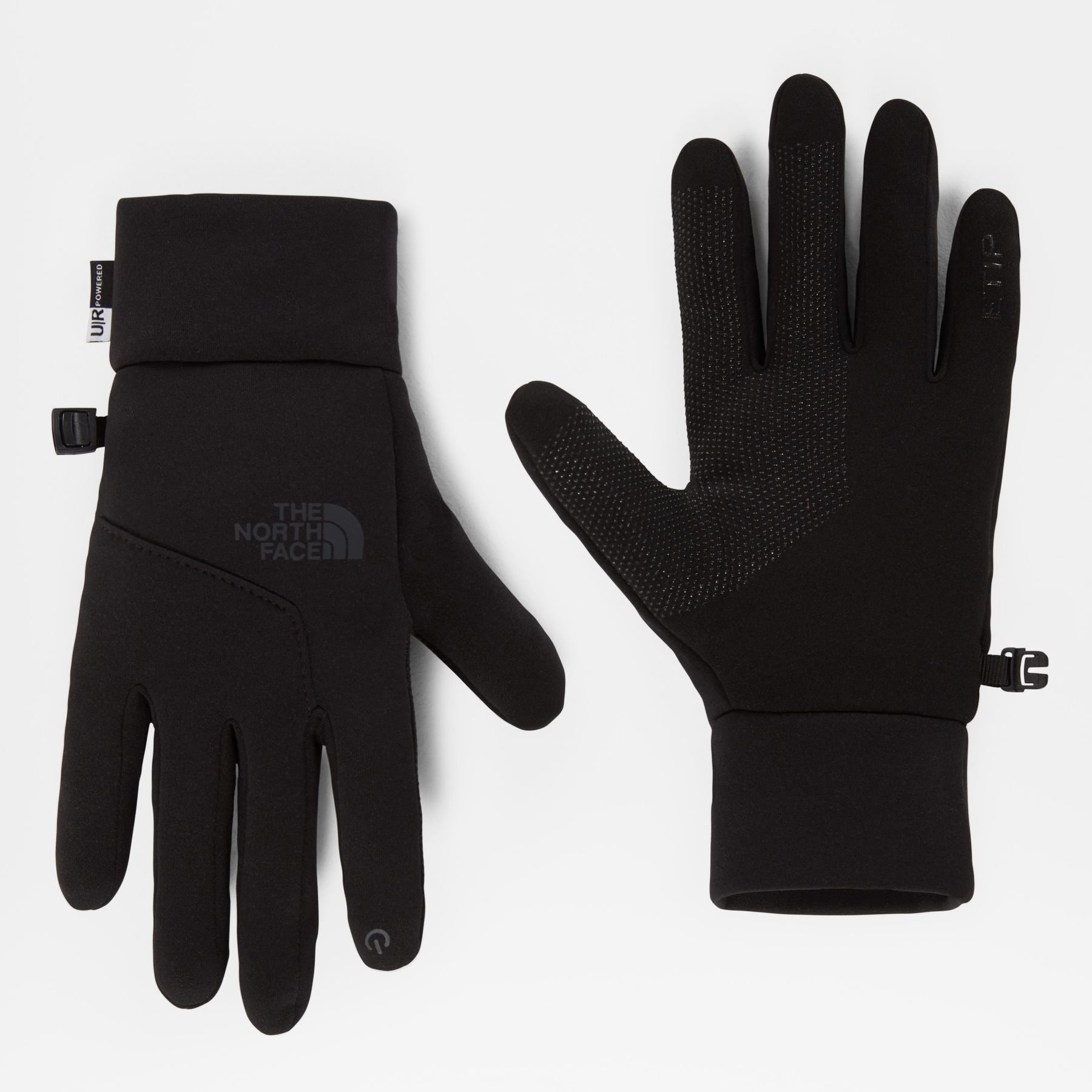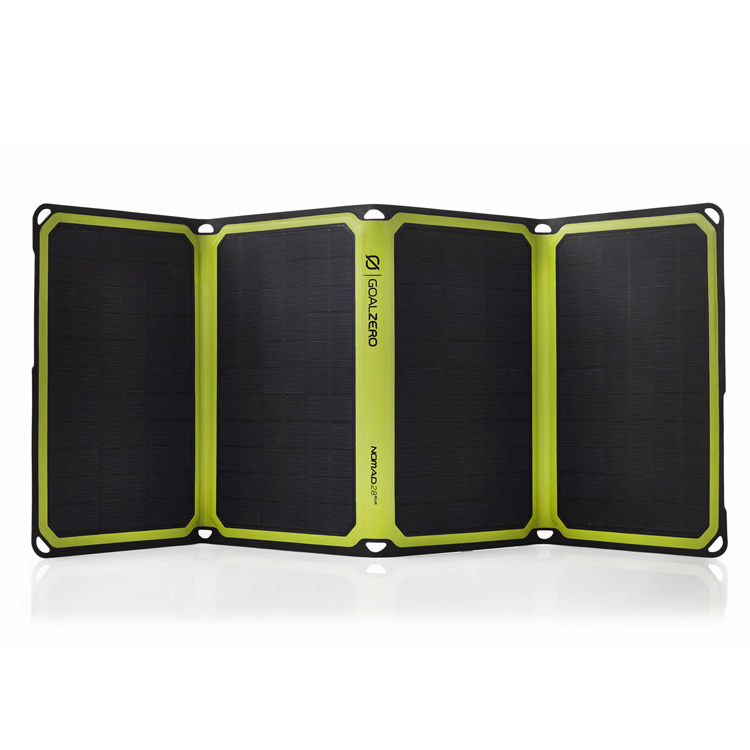Training for Mountain climbing Expeditions - Namas Adventure
TRAINING FOR MOUNTAIN EXPEDITION
The goal of your training is to get physically and mentally prepared to successfully complete your expedition. Your climbing goal will be to perform strong and steady throughout our expedition. Mountaineering requires a high overall level of physical conditioning. As you will be climbing in high altitudes, both your cardiovascular and motor fitness are needed to climb at different levels of intensity and to navigate challenging terrain. The greater your level of fitness, the more efficiently you can acclimate to the altitude. Fit climbers spend less energy on certain tasks, leaving their bodies ready for the task of acclimatisation.
When training you should particularly focus on two key areas of endurance building, developing cardiovascular fitness (fitness of the heart and lungs) and motor fitness (particularly endurance, strength, agility, and balance), following specific goals and timelines.
We suggest all our interested climbers commit to at least a minimum of four-six months of training time depending on your expedition.
ENDURANCE TRAINING
Endurance fitness is considered the most important for all mountaineers. Your expedition and body will demand various levels of intensity all day throughout. Excellent cardiovascular and motor fitness is very necessary. This can be both aerobic exercises as well as muscular endurance exercises.
Long-distance slow- running is one of the best ways to build your endurance fitness level.
CARDIOVASCULAR FITNESS
Cardiovascular Endurance is the ability of the heart and lungs to supply oxygen-rich blood to the working muscle tissues and the ability of the muscles to use oxygen to produce energy for movement. To get the most from your cardiovascular workouts, the ACSM suggests that you exercise three to five times a week at 60 to 90 percent of your maximum heart rate. Sessions should last more than 30 minutes, and you should choose exercises that use large muscle groups in a rhythmical fashion, such as long-distance cycling, running, swimming, or rowing. If you live near mountains hiking with 20/25kgs for 10miles once or twice a week is the best way to gain even more real-world experiences.
STRENGTH AND MUSCULAR ENDURANCE
In addition to leg strength, mountaineering requires a strong core (back and stomach) as heavy pack weights add a new dimension to climbing. Strength training principles are essentially the same for upper and lower bodies. Strength training can involve bodyweight exercises as well as routines using traditional weights. Kettlebell routines or even CrossFit training programs are helpful to build your overall body strength.
P.S. - Make sure you are working out your cores too.
RECOMMENDATIONS
Squats, lunges, and leg presses with weights 5 - 20 kgs
Push-ups, pull-ups, and military presses
Sit-ups, chin-ups, bicycle kick, leg raise, abdominal exercises, planks
Kettlebell - Lunges, Squats, overhead press
Training Plan example:
We have attached the training log of Bisesh’s when preparing for Baruntse climb and he will follow a similar time frame and routines for other 8000M+ expeditions.
Recommended Book for Mountain training: Training for the New Alpinism (Click here)
When you near your expedition date, begin making your workouts more mountaineering specific with hikes and climbs and occasional interval sessions aimed at broadening your range of comfort at various effort levels. Nothing beats the old and tested method of long hikes in uneven and steep terrains (adding weights to on your backpack) which best replicates the enviroment you are going to be in when climbing in Nepal, Pakistan or anywhere around the world.
P.S - Make sure you stretch after every long interval training. Stretching helps reduce muscular tension and increases flexibility.
Preparing yourself by committing to weekly training routines is very important. Expedition in the mountains/Himalayas requires a lot of physical, mental, and psychological toughness. This nature of activity demands athlete-level fitness. It is about putting yourself in the uncomfortable zone and pushing yourself to higher limits to see what you as a person can achieve. Mountaineering expeditions of any type should not be underestimated. The journey is a challenge in itself. It will push you out of your comfort zone and you will need to dig deeper mentally and physically. It is worth every effort and this will be your life’s greatest adventure. On a plus side, it will motivate you to lead a healthy and inspiring life.
Now you know how you have to train for mountain expeditions. Get yourself out there, enjoy your training, and stay fit and together with Namas Adventure’s team and like-minded adventurers, let’s take on your expeditions into Mera Peak, Island Peak, Aconcagua, Amadablam, or other higher mountains. Happy Adventure.
Article references
Live strong: https://www.livestrong.com/article/534286-six-components-of-fitness-related-to-motor-skills/
Very well fit: https://www.verywellfit.com/interval-training-workouts-3120774
Shape.com: https://www.shape.com/fitness/workouts/interval-training-short-workouts-really-pay
Here is a video of Chad Kellogg's training for Everest.
If you do have any more questions, please ask us below in the comment section or you can email us at bookings@namasadventure.com and our team will get back to you as soon as they can.
Stay well. Challenge yourself. Dare great things and live your story.
Equipment checklist for Mountain / Peak climbing from 4000 - 7000M
EQUIPMENT CHECKLIST FOR MOUNTAIN / PEAK CLIMBING FROM 4000 - 7000M
Photo by David Ruiz Luna ( Island Peak, Nepal )
Good solid gears are an integral part of a successful peak or mountain climbing. We have listed the absolute necessities of mountain climbing gears to help you on your journey to the summit. Please consider each item carefully and be sure you understand the function of each piece of equipment before you substitute or delete items from your duffle. Keep in mind that this list has been carefully compiled by our Everest and other 6000+ expedition leaders. Don't cut corners on the quality of your gear. The listed gears below are for mountain and Himalayan peak from 4000 to 7000M. Expeditions which we operate at Namas adventure ( Mera Peak, Island peak, Mount Blanc, Aconcagua ), are the recommended essential gear for extreme conditions.
Climbing Gears
Helmet ( Black diamond, Petzel or similar brands)
Alpine Ice Axe (65-70cm)
A mountaineering harness, with adjustable leg loops.
Carabineers: 3 lockings and 6 regular
Rappel device: ATC or figure 8
Trekking Poles
Mountaineering boots
Mountaineering boots suitable for above 6000m; La Sportiva GSM2 or equivalent
Hiking shoes for the trek to base camp with ankle protection (North face, Salomon, La Sportiva, or similar mountain brands )
Gaiters
Thermal mountaineering socks or equivalent: 6 pairs
Liner socks or equivalent: 3 pairs
Flip flops / Slippers
Body Layers
2 merino base layers: top/bottom set
1 mid-layer top: breathable Underwear
Lightweight Nylon Pants: 1 pair
Hooded Soft Shell jacket To be worn over other layers
Soft Shell Guide Pants: Gore-tex and breathable
Hooded Hard Shell: Gore-tex and breathable
Hard Shell Pants: Gore-tex and breathable, big enough to wear over your guide trousers
Insulated Down Jacket with hood: North face Himalayan parka or equivalent with 600-800 down fills
Insulated synthetic Pants: Worn primarily when climbing below Camp 2
Long jones equivalent to Rab’s Polartec or equivalent: 2 pairs
Hiking Shorts
Headgear and Handwear
Wool hat (ski hat)
Sunhat: To shade your face/neck from the sun on a hot day
Buff: To protect your neck/face from the sun
Under helmet Balaclava
Glacier glasses: Full protection with side covers or wrap around
Ski goggles: To be worn on summit day in the event of high winds
Lightweight synthetic liner gloves: For wearing on a hot day; 2 pairs
Softshell gloves: To wear for moderate cold/wind
Shell glove with insulated liner: To wear for severe cold / strong wind
Expedition Mitts for bad weather
Equipment & Personal Gears
Expedition Backpack: 65L pack should be large enough.
25L - 35LTrekking Backpack: To carry on the trek to base camp. Simple and light.
Sleeping Bag: Rated to at least -20 to - 40°F. Goose down or synthetic
Compression stuff sacks: 3 large ones; for reducing the volume of the sleeping bag, down parka, etc., in your pack.
High-Quality sleeping pad (1 for base camp and 1 for high camps): Full length is preferred.
Closed-cell foam pad: To be used in conjunction with the inflating pad for warmth and comfort when sleeping.
Trekking poles with snow baskets: Adjustable poles
Cup: Plastic insulated cup for drinking
Bowl: A plastic bowl for eating dinner or breakfast
Spoon: Plastic spoon
Head torch: 1 normal for base camp and 1 with remote battery systems for climbing at night. This will be used whilst climbing at night
Multisport watch with Altimeter & GPS navigation
Sunscreen: SPF 50 or above
Lip balm with sunblock
Water bottles: 2 wide mouth bottles with 1-liter capacity
Water bottle parkas (2): fully insulated with zip opening
Thermos: 1 liter (buy good ones to keep your water warm for longer hours)
Pee bottle: 1-liter minimum bottle for convenience at night in the tent
Toiletry bag: Include toilet paper and hand sanitizer and a small towel
Hand warmers & toe warmers
Penknife or multi-tool (optional)
Camera: bring extra batteries and memory cards
Personal solar charging system (optional but recommended)
Travel Clothes
Duffel bags (2) with locks: To transport equipment
Base Camp extra Items: Kindle, I pad, smartphone, etc
Snack food: Please bring a few days of your favorite climbing snack food such as bars, energy gels, nuts, beef jerky, etc. A variety of salty and sweet is recommended to give you extra energy.
Small personal first aid kit: Include athletic tape, Band-Aid’s, Ibuprofen, blister care, personal medications, etc
Medications and Prescriptions: Bring antibiotics (Azithromycin, etc.), and altitude medicine such as Diamox and dexamethasone*
Apart from your personal clothes and shoes most of the mountain gears, sleeping bags, and mats can be rented when you are planning an expedition in Nepal, France, or Argentina.
Companies recommended
Climbing Gears - Black diamond, Petzl, Grivel
Mountaineering boots - La Sportiva, Kailas, Mammut, Scarpa
Trekking Boots - La Sportiva, Northface, Patagonia, Mammut
Body Layers - Northface, Mountain hardware, Mammut, Patagonia, Arctyrex, Marmot, Rab
Headgear and hand wear - Northface, Mountain hardware, Patagonia, Mammut
Glasses - Julbo
Other gear companies: Exped, Garmin, Goal zero, Bio lite, MSR Gears
If you do have any more questions, please ask us below in the comment section or you can email us at bookings@namasadventure.com and our team will get back to you as soon as they can.
Stay well. Challenge yourself. Dare great things and live your story.

















































